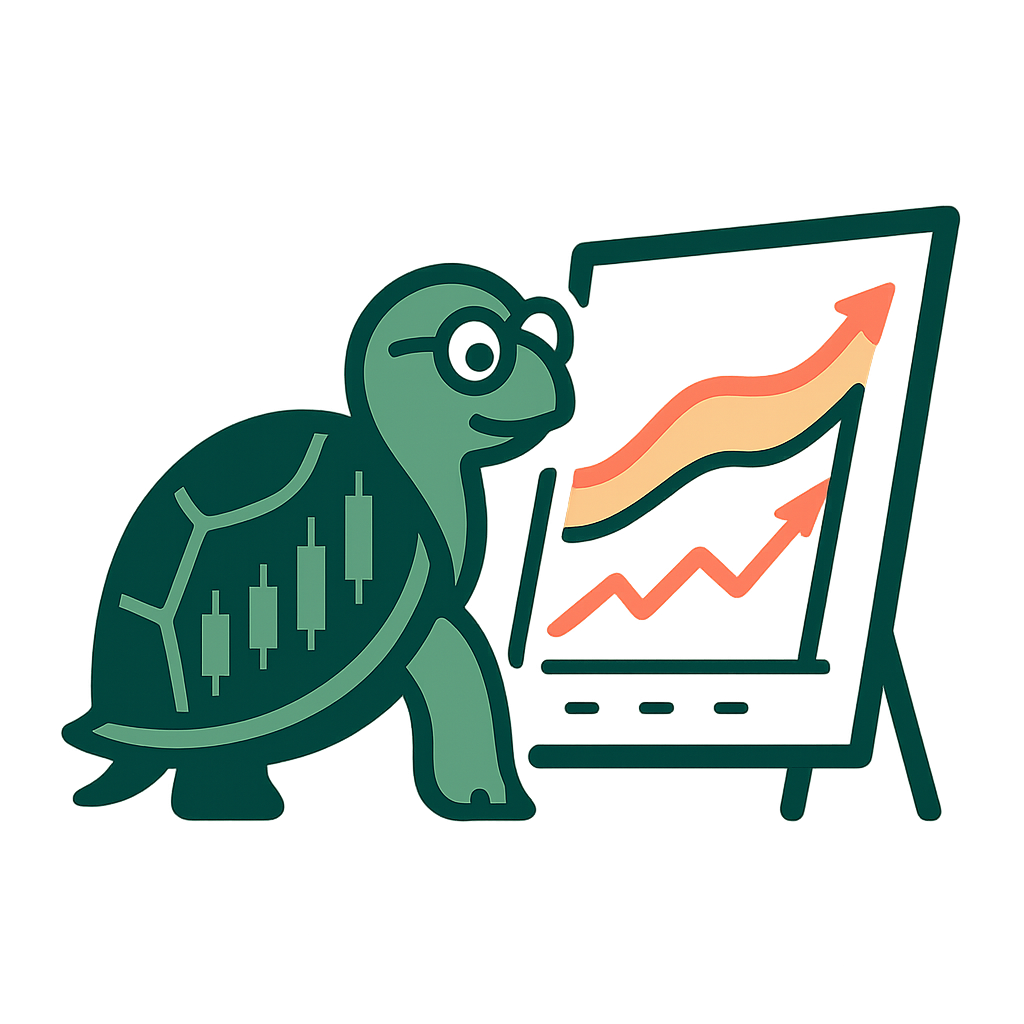
Time series forecasting applied to infectious diseases
Tutorial of random walk, AR, MA, for seasonal and non-seasonal models

Tutorial of random walk, AR, MA, for seasonal and non-seasonal models
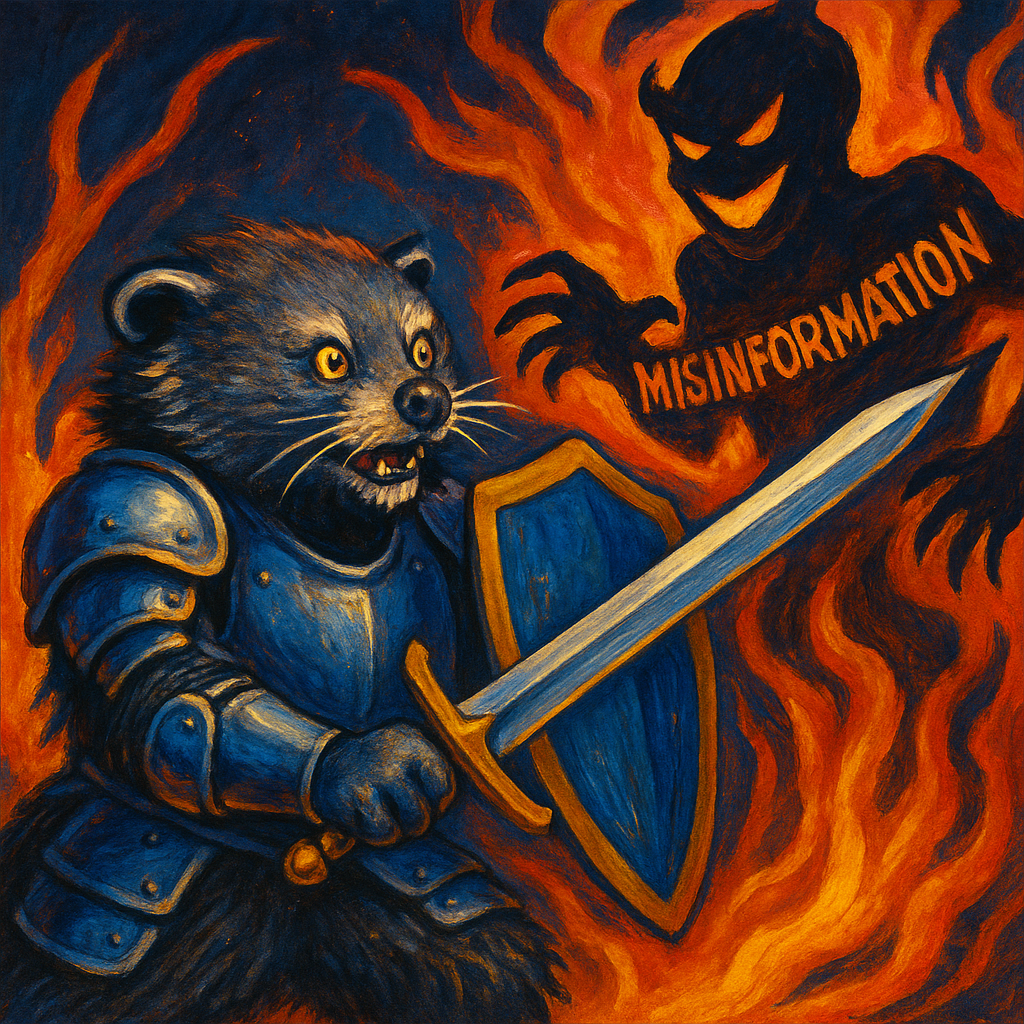
A 14-week immersive project-based course on infectious disease forecasting, health communication, and building campus-specific influenza communication products.
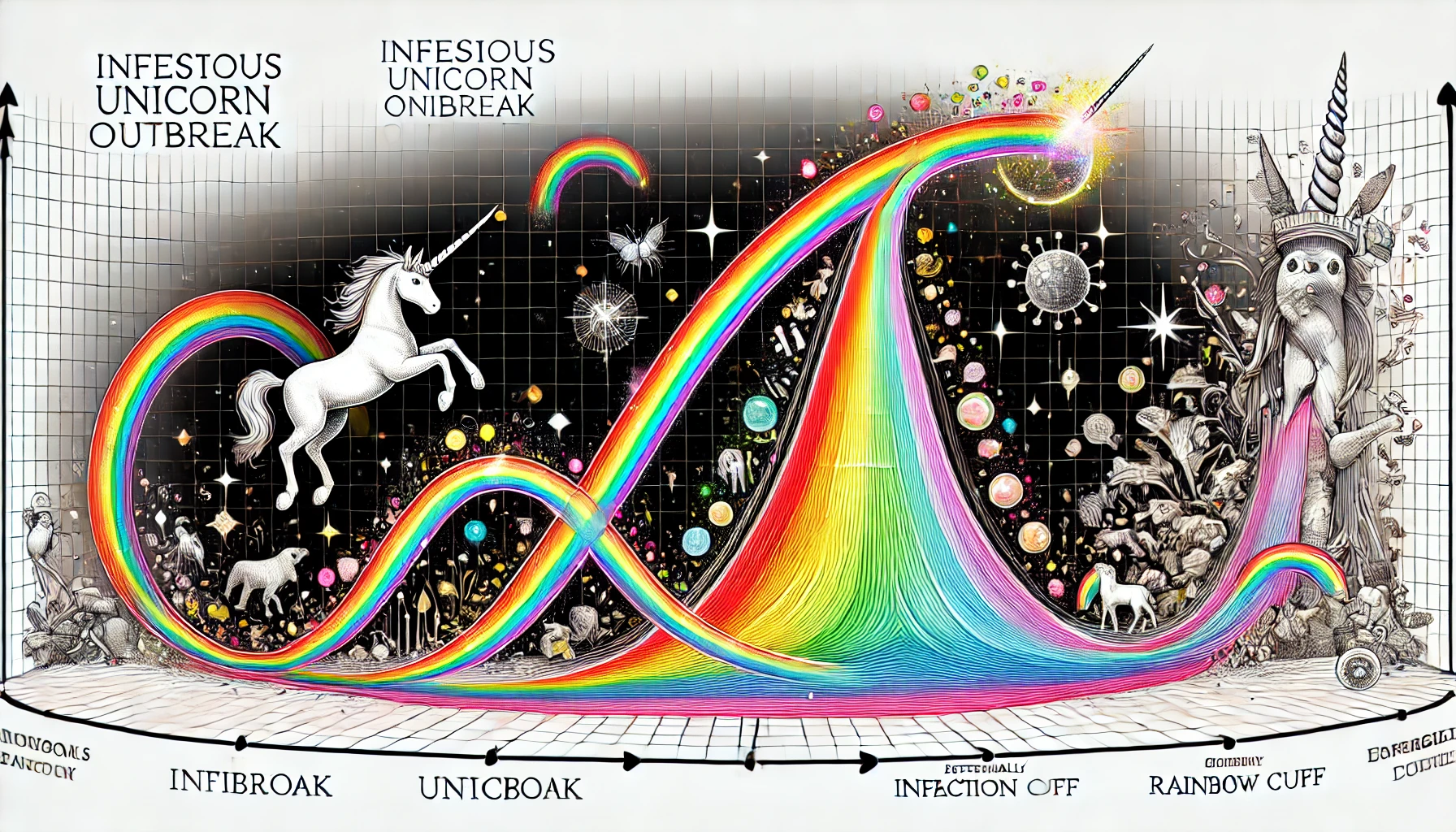
This course will focus on the dynamics, simulation, and inference of: the Kermack-McKendrick model (including age of infection), meta-population, and network models. The course will emphasize both the theory of advanced epidemic models and mathematical/statistical programming.
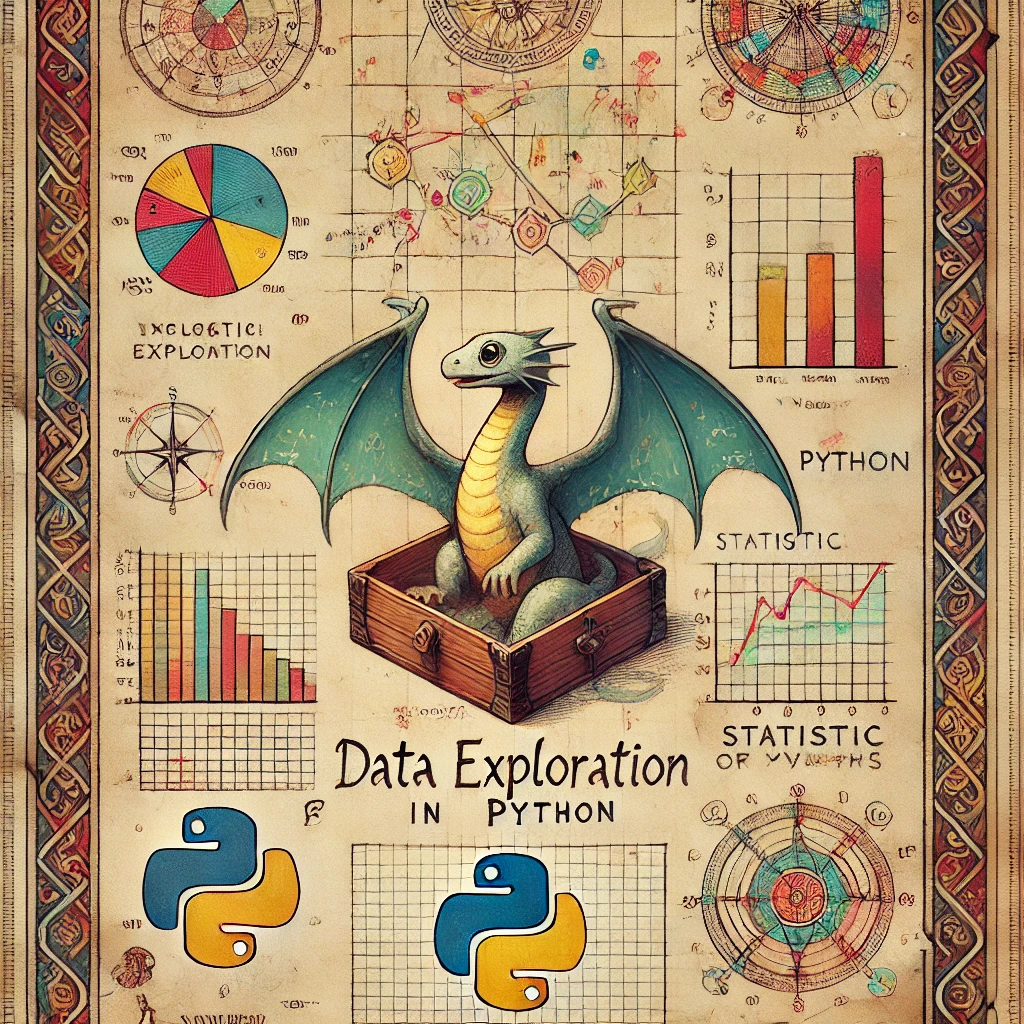
This course provides an introduction to the fundamentals of programming in Python. Students will gain experience designing, implementing, and testing their Python code, as well as in using Jupyter Notebooks, and IPython for statistics and data analysis. Multiple programming paradigms will be explored. The course covers Python data types, input, and output, and control flow in the context of preparing, cleaning, transforming, and manipulating data. In addition, students will use Python to conduct exploratory data analyses, including computing descriptive statistics
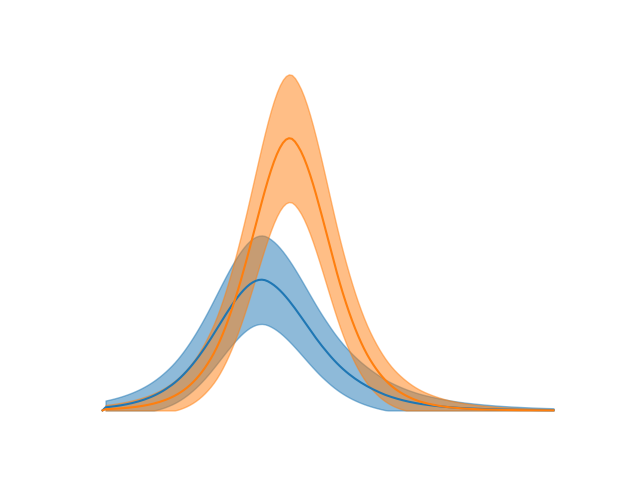
This course aims to introduce students to models that describe the spread of a pathogen through a population, and how models can support public health decisions. Students will be expected to complete mathematical/statistical exercises and write code that simulates infectious processes.
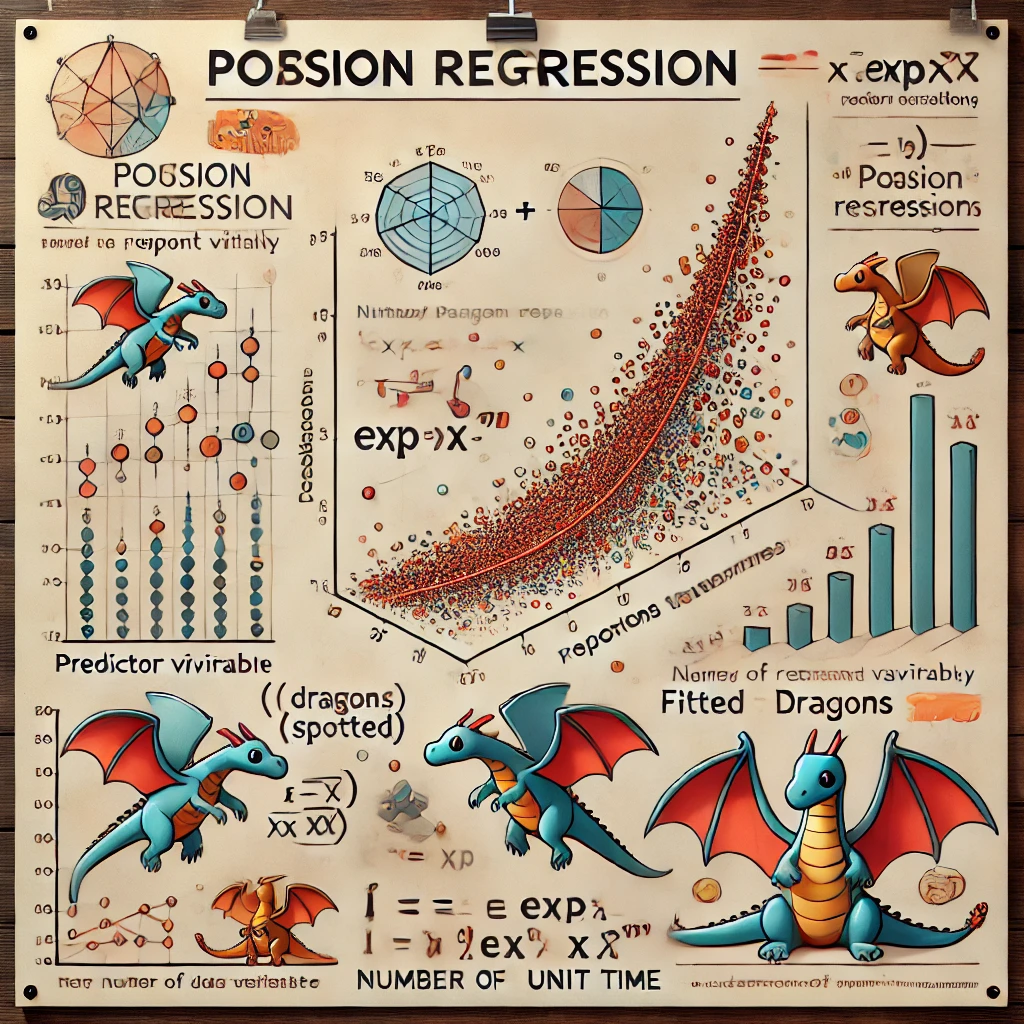
Regression; Likelihood; Fisher Information; Regression
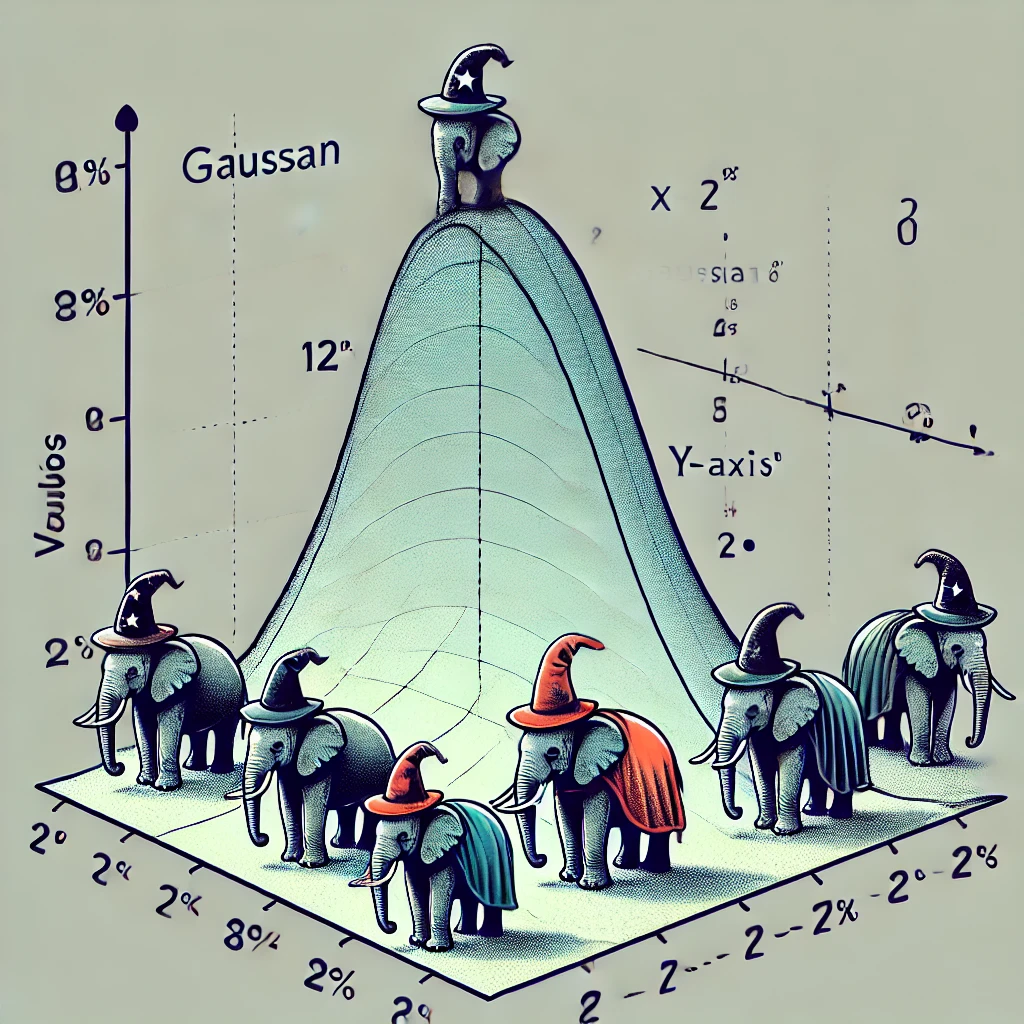
Univariate statistics;Probability;Sets